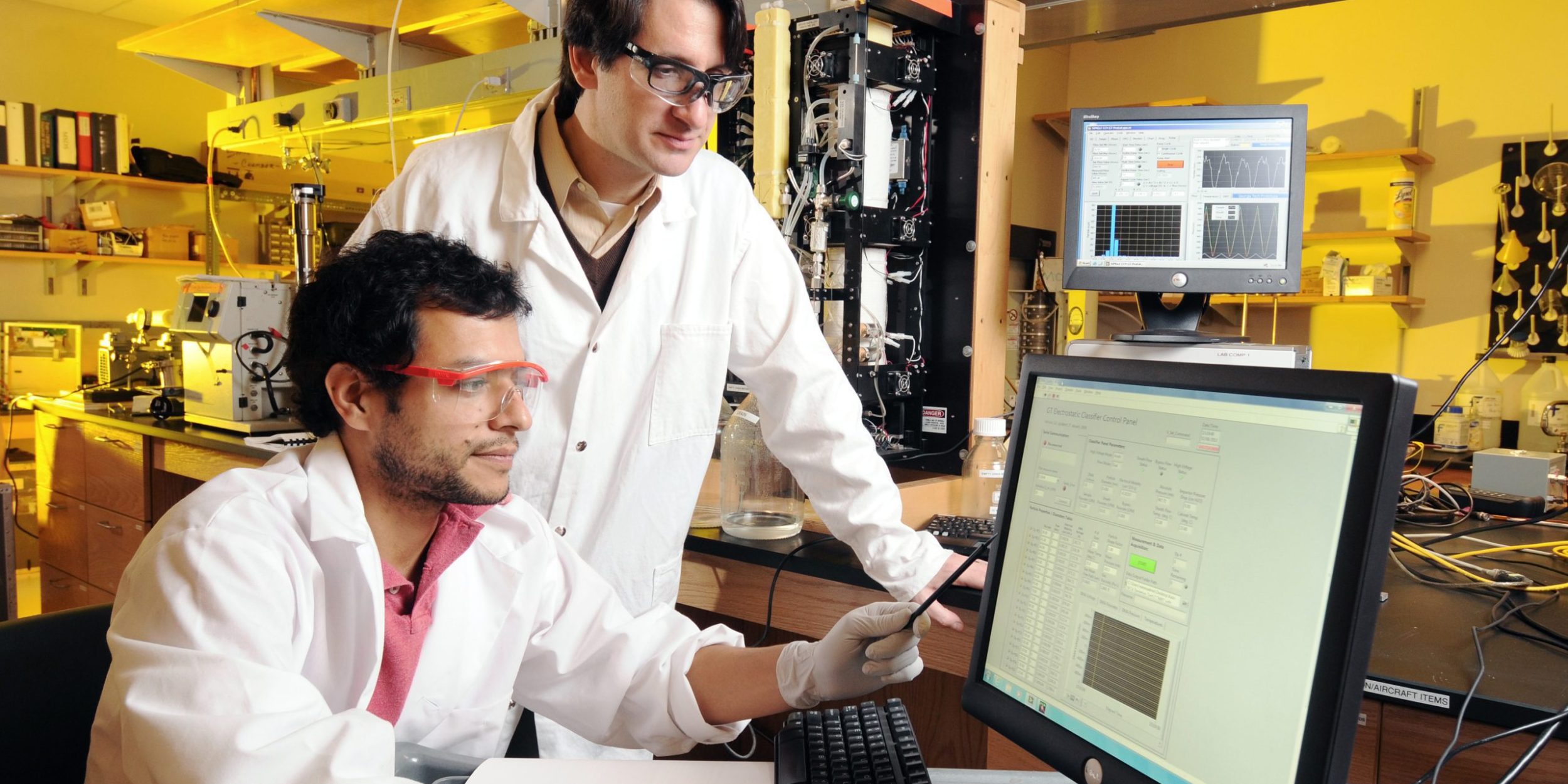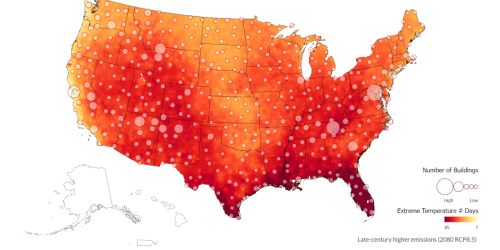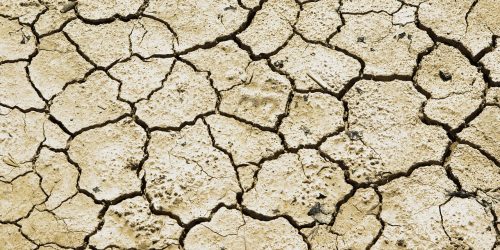

When it comes to forming the droplets that make up clouds, a little oily and viscous organic material apparently doesn’t matter that much. And that’s good news for reducing the uncertainty of climate model predictions.
Understanding cloud formation is essential for accurate climate modeling, and understanding cloud formation begins with the droplets that make up clouds. Droplets form when water vapor is attracted to particles floating in the atmosphere. These particles include dust, sea salt from the ocean, microorganisms, soot, sulfur – and organic material that can be both viscous and oily.
For years, scientists had believed that particles coated with this organic “goop” – produced by combusted petroleum and biomass – could form droplets more slowly than other particles. That would have had a significant impact on the formation of clouds.
But a study being reported this week in the journal Proceedings of the National Academy of Sciences suggests that the long-held belief isn’t true. Based on aerial and ground-based measurements of droplet formation from ten different areas of the northern hemisphere, researchers at the Georgia Institute of Technology report that organic coatings on particles don’t seem to significantly affect the rate at which droplets form. The researchers studied a wide range of particles, including organic, hydrocarbon-rich particles from the 2010 Deepwater Horizon oil spill in the Gulf of Mexico.
Read the full press release, courtesy of Georgia Tech.
This study was partly supported by CPO/Earth System Science.
New Study Reveals Pollution Doesn’t Change Rate of Cloud Droplet Formation











